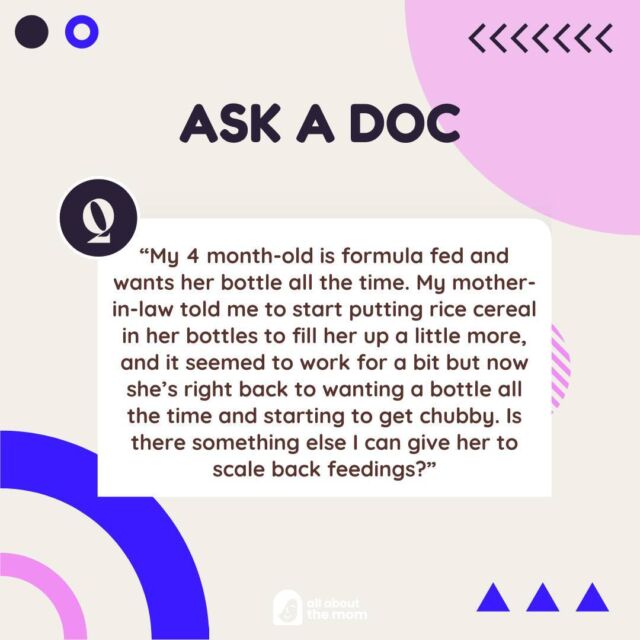Psychologists are divided when it comes to the idea of reward or behavior charts. I prefer a relational approach to a behavioral one, so I tend to steer away from reward, sticker, or behavior charts as a general rule. You can read more about my reservations about behavior charts in another blog post I wrote for All About the Mom here.
However, my personal views aside, the benefits will lay in how you both experience starting a behavior chart together and your rationale for doing so. Maybe you are feeling really stuck. Consider collaborating with your child on some challenging behaviors you wish to address, like tidying away their toys before bed each night or brushing their teeth each morning. Perhaps you are at a loss as to how to create change. You may feel that a behavior chart would create a positive focus for you both and shift you away from the negative cycle of shouting, threatening, and punishing you have found yourself in. The thing is, many professionals will recommend sticker and reward charts as a means of managing behavior because these behavioral approaches often result in a temporary improvement in the target behavior, and of course, a sticker is preferable to yelling or punishing. I believe rewards can be helpful when used short term for certain tricky situations – for example, if you need your child to take nasty-tasting antibiotics.
If you do decide to use a behavior chart, here are my suggestions:
1. Be specific about the behavior you want to address and remember that your child needs to agree to it. Make sure it is clear, measurable, realistic, and time bound.
e.g., “For the next two weeks, Lenny will be in bed every night at 8 o’clock. We will read three stories together, and then she will turn her lights out, stay in bed, and try to fall asleep.”
Every time Lenny does bedtime as agreed, she will receive a sticker which she can exchange for a reward once she has met an agreed target (This also needs to be achievable and not too far into the future. E.g., 3 stickers = a hot chocolate date, 6 stickers Lenny can choose a new book).
2. Try hard not to use the reward chart as a threat. I know this is really, really tricky to unlearn. But instead of “If you don’t go to bed, you won’t get to go for hot chocolate,” try “Remember, we agreed, you need to be in bed by 8 to earn your sticker! I am excited for when we can get a hot chocolate together.”
The idea is to reward the child for achieving the desired behavior, not to punish them for not achieving it. As tempting as it might be, never threaten to take a sticker away. Keep the behavior chart positive.
3. Be consistent and timely. It goes without saying that the chart will lose meaning if you forget to use it. When you see the target behavior, reward it immediately.
4. Keep your relationship at the heart of the chart. Discuss things together. Agree as a team on what you want to work on. Talk about how it will help you to be less “shouty” or “nag less.” Support your child when they don’t achieve their sticker. Remind them that change can take time and that they can try again tomorrow. Suggest rewards that you can both enjoy together; an ice cream date, a trip to the cinema, or a book you can read together.
My child’s preschool teacher is always raving to me about how sweet and kind he is in class. But when he comes home, his behavior takes a turn for the worst – why is he so good in his classroom and so challenging at home?
There are a few different reasons why this might be the case, but before we get into that, I want to reassure you that this is a good indication that your child understands what behavior is expected of him and is working hard to meet those expectations. Sometimes when little ones have to work “too hard” in the school setting to hold it all together and meet the behavioral expectations, parents can be greeted at pick up by a child who has used up all of their resources during the day. As a result, they have no reserves to draw on when they get home. They find it harder to manage their emotions and behavior, and everything spills out. This is “restraint collapse.” It is often observed when transitioning into school for the first time, transitioning into a new school, or transitioning back into school following a break. It is human nature to be our “worst selves” around the people we are closest to and with whom we feel safest. We can even unleash our bad day on our favorite people as adults. Little ones are kind of the same. They work really hard to keep it all together in the school environment that they are expected to navigate without you with them for support. Maybe they fell and cut their knee, but you weren’t there for a cuddle. Perhaps they were pushed at the playground by another kid or had their tower knocked over before they had finished building it. All these frustrations and disappointments your child experiences throughout the day are stored until they are back in their emotionally safe space, at home with you, where they feel they can release all of it.
We also must remember that the school environment is entirely different from the home setting. In school, children will socially model the behavior of their peers. Behavior management systems are often in place (rewards and consequences), rules are clearly defined and not up for discussion or debate, and time is heavily structured and, therefore, very predictable. We cannot (nor should we want to) replicate this environment at home.
It might be helpful to arrange a meeting with the teacher to discuss things in more detail, to ensure that your child isn’t struggling within the school setting, and to identify any potential triggers which may be impacting their behavior at home. These meetings can also be helpful in identifying supports that may be beneficial to introduce at home. For example, if your child responds well to the visual structures in school, you could consider introducing a visual timetable for them at home.
Reflection daily
WHAT BASIC NEED WAS NOT BEING MET?
What story was I telling myself about myself/my child?
What was I feeling?
How did I behave?
What basic need was not being met for my child?
What might their thoughts have been about them/us?
What might they have felt?
How they behaved?
When I need… I believe. When I believe… I feel…

















